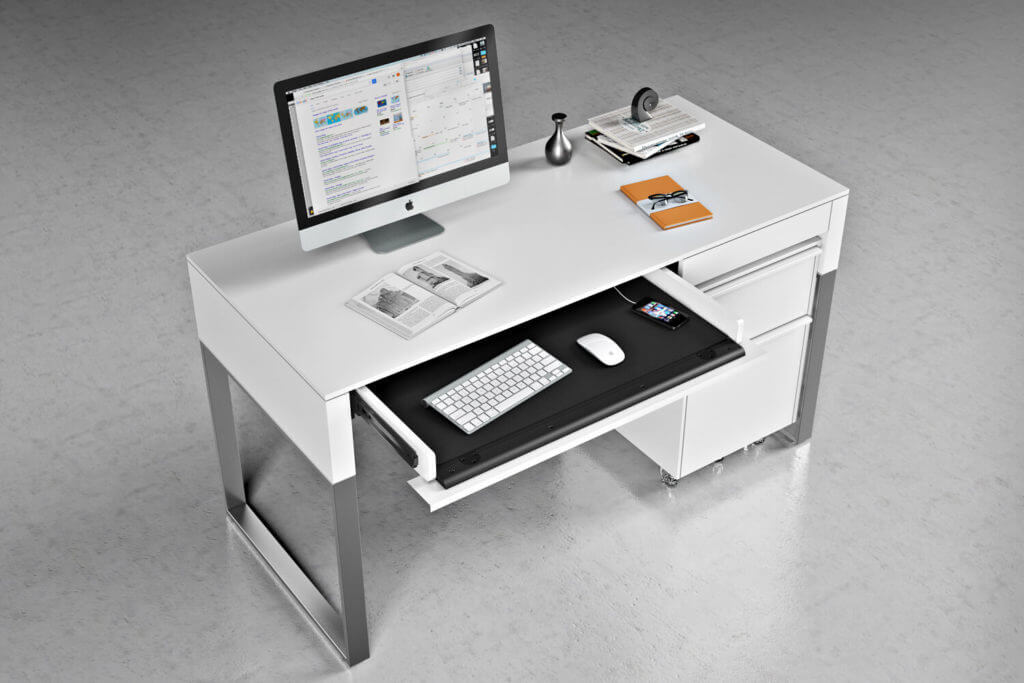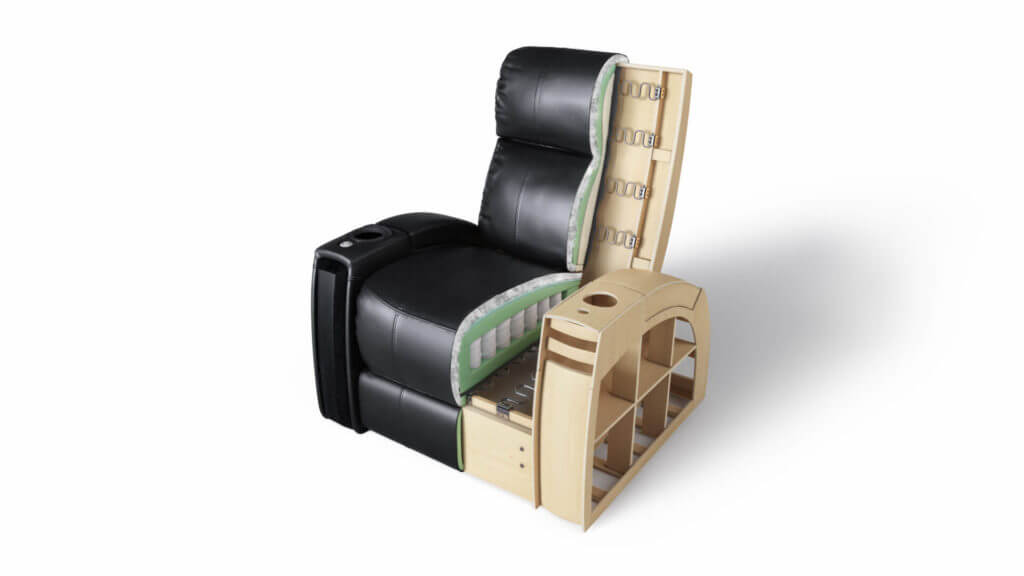3D PRODUCT RENDERINGS: 5 WAYS THEY CAN TAKE A PROMOTIONAL CAMPAIGN TO THE NEXT LEVEL
3D product renderings are a key to getting top-quality visuals that will make for stellar marketing campaigns. Many manufacturers and retailers, tired of getting boring pictures that do nothing for sales, opted for CGI. For when it comes to photography, there are always issues of some kind. Find the studio, book the location, buy decorations, arrange for transportations, provide ultra-specific recommendations for every shot and never be certain you get a decent result. Which means that every time a new promo season approaches, the Marketer gets anxiety attacks. How to get the ecommerce product images that will do justice to the collection? And what kinds of shots in this particular case will make for great advertising?
The answer is quite simple: turn your attention to a new generation of marketing assets – cg renders. Computer-generated imagery allows to take the visual marketing to a new level and achieve a higher impact than ever before. Let’s see how a product marketer or manufacturer can get more attention with 3D product renderings.
Special seasonal and short-term offers require new advertising scenarios. Black Friday sales, Halloween, Christmas are the perfect occasions to remind consumers about the products. Which means that every time new marketing materials are in order, with new concepts and fresh trendy decor. A cozy scene with a fireplace and a splendid Christmas tree with last-season decorations will put viewers in a festive mood and make the product look relevant. And who wouldn’t want to reproduce the same atmosphere at home? Especially when other products from the ad image can be shopped too. Comfy’s so easy!
However, making an impactful seasonal promo-campaign used to be a tough task. For a manufacturer had to organize a new photo shoot for each and every occasion, besides from planning and managing the whole marketing campaign and evaluating its performance. He needed to make sure the studio is rented, new decor is bought, along with fresh flowers and a thick white blanket the scene required. And let’s not forget about the shipping saga which is always a nightmare – so much so that one fears it long before it begins.
But with the advent of photorealistic 3D product renderings everything has changed. For CG technologies can do the same thing only without lengthy preparation and shooting processes, buying and storing decor. Professional 3D visualization provides top-quality visual materials, and all the advertisers need is to take a photo on the smartphone and send it to the 3D studio, along with dimensions.
2. Put the Product in a Variety of Contexts
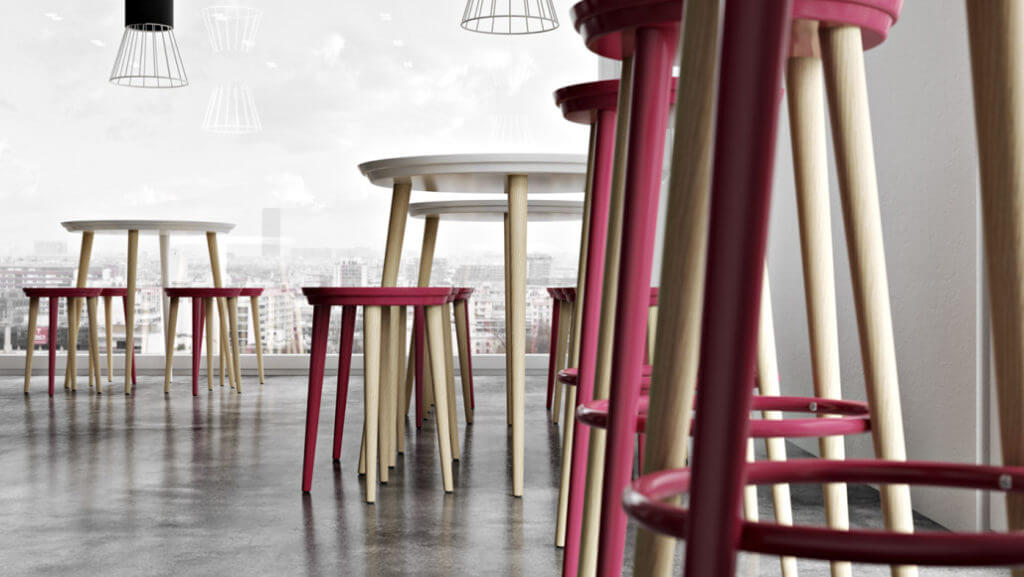
Lifestyle image showcases the product in real settings, thus giving it a context and creating a story around the item.This way, the chair is no longer an object but a part of a charming Scandi interior with its light colors, clean lines and airiness. Staged images inspire customers to recreate the atmosphere at home, and place the product in the center of this dreamy world.
Better than that, lifestyle images are a real marketing asset as they appeal to specific target audiences. The environment can be constructed to speak to any group of customers – those who love luxury and opulence of classic interiors, minimalism lovers, or those who swear by eco design. And if the furniture piece works for a few groups – then, advertisers just need a separate lifestyle to target each.
However, lifestyle pictures are also the type of visuals which used to involve an overwhelming amount of work. Whether shooting in a photo studio or going to a fancy location, it takes tremendous care, patience and time. And let’s not forget shooting outdoors, which means renting all kinds of transport to take photographers and managers to the place, as well as the furniture and decor. And sometimes even a crane – to put this chic white piano in that exact spot, under the spruce.
Good news is that with 3D product renderings, marketers and manufacturers can have it all – and without the photo shooting trouble. Any scene, any decor, any atmosphere can be recreated digitally, so there are no limits to the advertiser’s imagination. Better still, there are ready-made 3D scenes for those who want fast and compelling solutions. UFO3D offers clients a base of some 6143 ready-made high-quality scenes to suit various tastes and creative visions. And when the 3D Artist doesn’t need to develop the scene, it saves lots of time and reduces product rendering cost.
3. Highlight Quality by Showing the Structure
Before making a buying decision customers naturally want to evaluate the quality of the item. Obviously, putting “high-quality” in the project name won’t cut it. So when the purchase takes place in a traditional store, the client can consult the shop assistant, look at the material samples, brochures, take a sit in the chair that has caught his eye. This way, the shopper will easily form an objective opinion. When it comes to e-commerce, however, things are a bit more complicated. For starters, there aren’t any shop assistants who can identify and dispel customer doubts. Furthermore, there’s no possibility to test the product and feel the material. As a result, the viewer leaves the website to start the search again – offline.
The obvious solution is the component image. However, the procedure is so time-consuming and expensive, that most product retailers and manufacturers prefer to lose clients than to get the assets. For choosing component images means making more prototypes, only weirder ones, and taking separate pictures of them. Not again.
But there’s no need to create prototypes to get the component shot. In fact, there is a much more elegant solution – photorealistic 3D product renderings. All the Retailer needs is to give the cgi studio specifications and have a 3D model made. Next, he can use it in any kinds of ads he needs.
4. Emphasize The Product’s Character with the Right Ambience
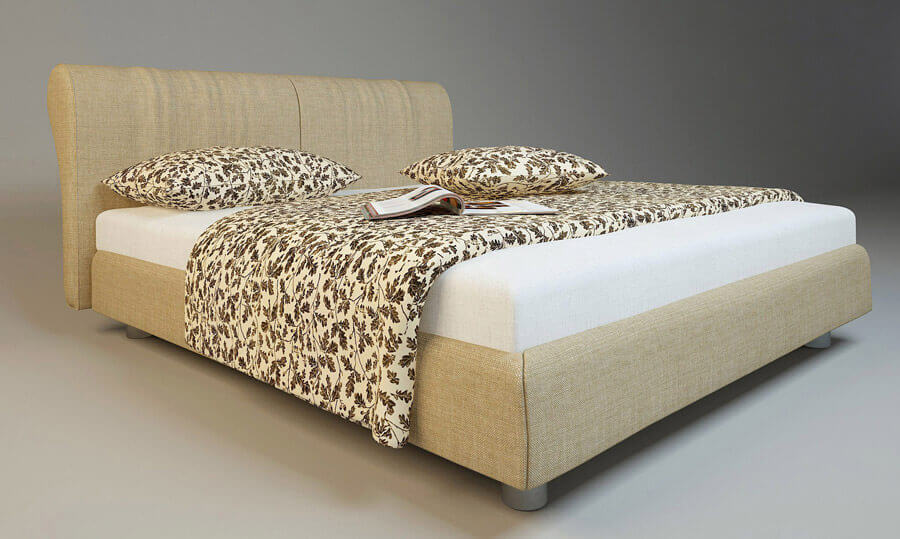
Emotions lie at the heart of a purchase decision. People decide to buy based on an emotional reaction to the product or service, and then explain it to the themselves with rational arguments. So a good advertisement is the one that evokes the right emotional response. Like the the cg image above, for example. It conveys the atmosphere of serenity and peace, with its clean lines, soft colors and shadows.
But for product images, the devil is in the details. Upon closer inspection, we realize that the charm was built with little somethings like an open magazine, or a misplaced cushion. When put together, these details create the impression that the scene is alive, and it’s inhabitant has been resting there for a while, reading something fascinating, thinking about nothing. He’s just left for a few minutes to make a cup of tea, and then he’ll be back to have some more quality rest.
While it takes some time for the rational mind to process it, the subconscious reads everything within a few seconds. This way, before even remembering that he needs a new bed, the viewer will long for the same peace and tranquility and associate the product with it.
Which means that the task of the advertiser is to define the ambience for his product, and get visuals that convey it. Now with photography, it will involve searching for the decor, looking for a perfect angle, waiting for hours for the perfect lighting to appear. Only to stitch it all afterwards in the photoshop, because the shadows were too harsh or metallic surfaces had an eerie glow about them.
None of these issues are a case with 3D product renderings. For cgi allows to obtain every ingredient necessary to create the atmosphere. This way, 3D Artists can fill the room with beautiful light, choose a gorgeous meadow for the window view, make the cushions look slightly ruffled, put a cup of fuming tea on the coffee table, next to a pile of glossy magazines. Photorealistic cgi can make any dream picture come true – only without photoshoots.
5. Get Creative Ads that Stand Out
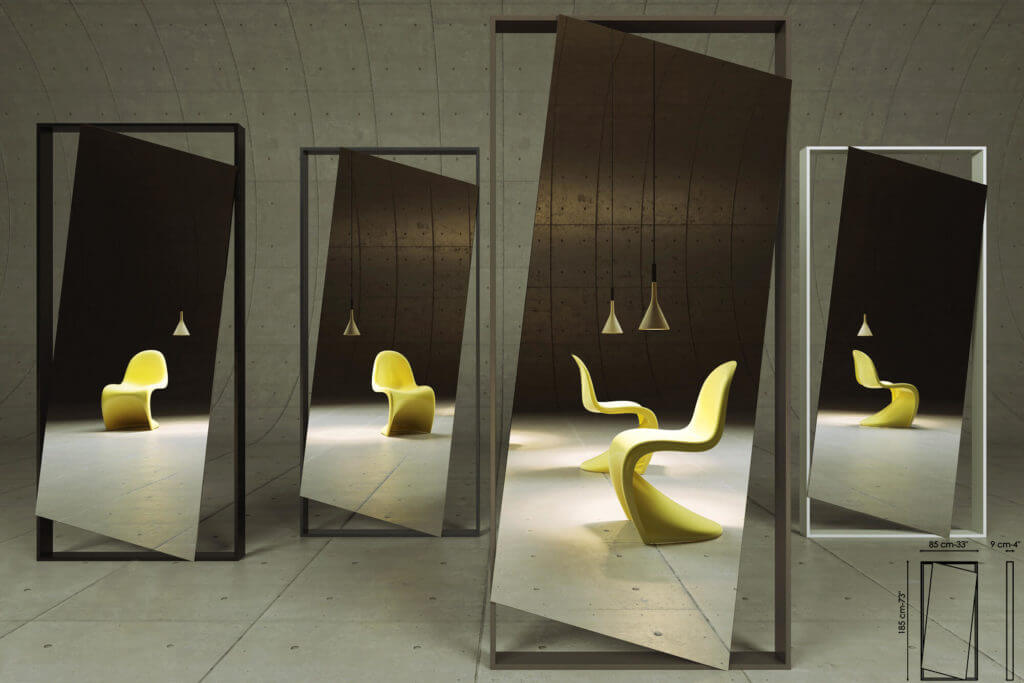
The advertising sure has to highlight the unique benefits of a product in order to sell. But it needs just as well to stand out to attract attention and be remembered. Which is why creative workers spend weeks to produce something mind-blowing that will make a difference. Once they come up with a perfect solution for the visual part, the photoshoot stage begins and loads of creative-related trouble. How to put the product in front of the mirror so that to get reflections of it in different perspectives? Where does one find 10 pure white chickens for the scene? This is a tiresome and time-consuming hunt, not to mention expensive. Two scenarios are possible: either the company makes drastic cuts and sacrifices the impact, or it invests loads of money and human resource in the process.
Photorealistic 3D product renderings are a sure way here to get the attention while reducing costs and execution time. The scenes are developed digitally, as well as their contents. For any objects the ad requires 3D Artists can create custom 3D models or find ready ones – and it won’t cost the advertiser a dime. For instance, our clients can select 3D models of decor they like from 40K+ items in our corporate library.
Promoting products with 3D product renderings is way easier and more fun than with photos.It opens new opportunities for creativity, while staying budget-friendly and easy to get. CG imagery allows to showcase quality, fill the ad visual with a unique ambience, evoke emotions, spark creativity and target different groups of prospects. To get top-quality product rendering services, contact UFO3D company. We’ll create for you visual materials that will wow your potential customers!


